- Learning time
- 10 minutes
- First play time
- 40 minutes
Liar´s Dice / Perudo
Designed by: Richard Borg,Uncredited
Liar Dice (sometimes published as Perudo) comes in a tin or a bag, and consists of a set of cups with a set of five dice to go in each one. Each player starts with one cup and the matching dice in it.
Everyone gives their dice a shake in the cup and flips the cup over onto the table, hiding the dice beneath them. Each player can look at their own dice, but cannot see anyone else’s. A starting player makes a bid, and then play progresses with each successive player making a higher bid until somebody calls.
A bid is how many of a certain numeric value you believe there is in total around the table. So if the opening player says “six threes” the next player – if they are bidding threes – must say seven threes or higher. If they want to say another number, again it must be higher. So in our imaginary scenario, you could jump up to fours or fives, but not twos. Additionally it has to be at least six of something, since that was the opening bid. An easy way to think of it is the first number (how many dice of a certain value) is multiples of ten and the second number (dice value) is singles. So six threes is 63, and seven threes 73. Six fours would be 64. Assuming this helps you (it doesn’t everyone!) you can see you new bid must make a higher number than the previous bid.
As soon as someone calls, all the dice are revealed. If the bidder was right (or there are even more of the number they bid on) the person contesting the bid loses a die. If the bidder was wrong, they lose a die!
The only exception to the bidding – and the counting up – is ones, who count as wild and are referred to as Aces. At any time in the bidding players may half the bid if they choose to bid on Aces. The next player can either continue bidding on Aces, or double the last bid and add one to go back to any other number of their choosing. When bids are counted up on the reveal, aces are always counted too, no matter what the bid was on.
Play continues in this way with players losing out on die as the game progresses. The last player standing wins!
Joe says
Perudo is great, and a real classic. The bidding system is the only stumbling block for new players - the fact that you can forestall upping the quantity of dice in your bid by upping the denomination takes a while to sink in, and then there's the halving for ones rule. In some ways it has been replaced for me by Skull, which uses similar ideas but in a more streamlined and approachable way, but it's still a great game.
The guru's verdict

-
Take That!
Take That!
You'd be hard-pressed to either target one player (at least, not until late in the game) or feel targeted.
-
Fidget Factor!
Fidget Factor!
None. Everyone is involved throughout - until you're knocked out of course!
-
Brain Burn!
Brain Burn!
It can get pretty tense, and you need to try and keep track of how many dice people have - if you can.
-
Again Again!
Again Again!
Once you've got your head around how the bidding works, Liar's Dice is a simple game with ample opportunity for bluffing.

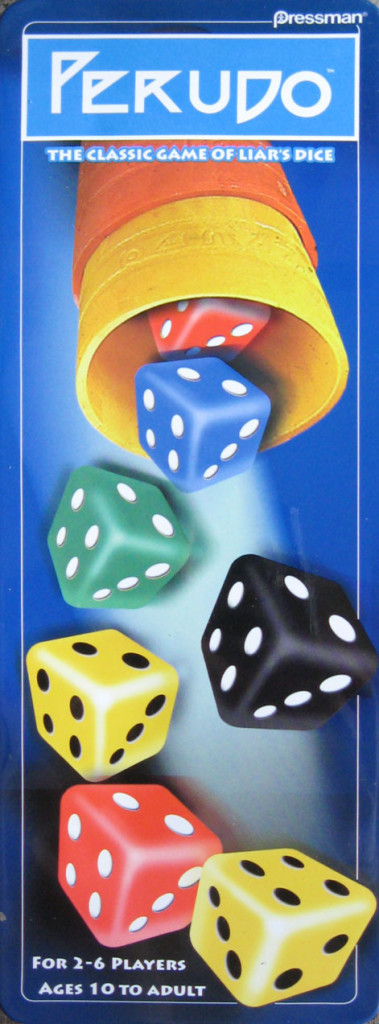




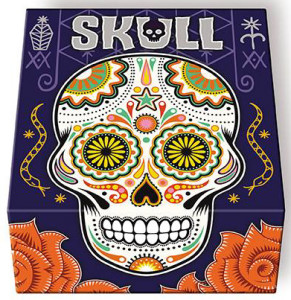
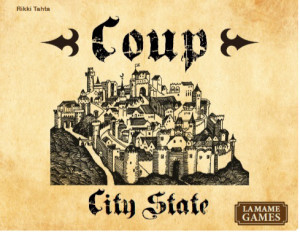
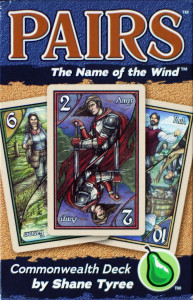
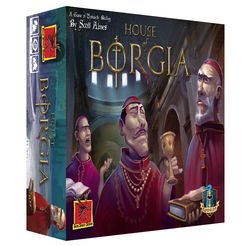
Sam says
It can be a bit noisy but - once you grasp the bidding system - Perudo is a great coffee-housing game, where not only are you pushing your luck but really, trying to read people too.